This post was recently published in my blog as a part of a big series of posts where I am addressing a full makeover our actual performance appraisal process. Here, you will only see step-by-step method for this special activity I use with LSP. A little bit of context, this activity is part of the “phase” of the makeover process, here is a small resume of this phase:
What should happen here: Discussions and interactions, common vocabulary, and understanding should be the most important here.
Format: In groups.
Output: “What do you want to become in X years?” If you are working at the team level, X could be 1 or 2 years. At the organization level, you should use something between 10 and 20 years. Sometimes, people don’t want to think more than 5 years ahead and that is all right.
All the information about this phase is in this post, today, I will address the “how-to”. To do that, I will share the first activity with you for this phase. If you want to know more about this performance appraisal makeover process, please visit this link.
Enjoy the activity
3D Modeling with Lego Serious Play
Introduction and More…
The LEGO® SERIOUS PLAY® Methodology is an innovative, experimental process designed to enhance innovation and business performance. To run this activity, I strongly recommend an external facilitator. Keep in mind that you really should to do this with the help of a facilitator, if you disregard this advice; it will be your choice for what you get for results.
In this activity you will have two parts: “the warm-up” and “the core activity” itself. In the warm-up, you will allow time for people to familiarize themselves with the tool (in this case the LEGO bricks). At the end of the warm-up activity, you can start to work on your challenge. I will explain to you both parts of this activity, but if you are curious about LEGO Serious Play Methodology, please visit this link. You will find a lot of information there. Some of the links are in my blog, but you also have external links to helpful information and different points of view.
For the warm-up activity you need to be sure that everyone has the same kit. You could check specific LSP kits here. The exploration bag is great for any warm-up activity.
The game…
Warm-up activity
The aim of this part of the activity is to allow the people time to themselves with LEGO bricks. Saying this, you should not focus a lot on the outcome here, focus on the people and their comfort with the tool.
First warm-up challenge: “Build a tower”
First warm-up constraints: Depending on your LEGO kit, here you have a few ideas of constraints: “Start with the black plate and end with the mini-figure” or “Start with a green brick and finish with a red brick”. Keep it very simple. Focus on people and their comfort level.
First warm-up reflections: Did you find two equal towers? I never did it, and I am sure that you probably will not either. The explanation is easy: “We are different, so, the towers will be different; however, everyone respects constraints, so everything is fine, it is OK to BE, ACT, and BUILD different”. There is not a bad tower, all are good ones as soon as they respect the constraints.
Second warm-up challenge: “Build from Instructions”. If you are using the exploration bag, here are some models to build with that kit. If you are using another kit, be creative and create your models. Again, keep it simple. (Don’t destroy it at the end of this challenge)
Second warm-up constraints: You need to build a model from the instruction sheet. Choose the one that represents you. At the end, you have to do a “story” about why that model represents you. When you are ready, be sure that everyone tells his/her story.
Second warm-up reflections: Everyone CAN build, believe in your hands, build something and add your “story”. There are no limitations at all.
Third warm-up challenge: With the model you made in the last challenge, transform it or leave it like it is to represent “your organization (or team) nightmare”. When you are ready, be sure everyone tells his/her story.
Third warm-up constraints: You can leave it like it is, or you can modify it. It is up to you. The story you create has to answer to the challenge question (in this case “what is your organization (or team) nightmare?”)
Third warm-up reflections: You must believe your hands, build and create a story from your 3D model. The most important thing for this activity is you and your story, no right or wrong answer, only stories.
Now, your team is ready for the core part of this activity. At the end of this warm-up, people already know that people and stories are important, they are able to build what they want, and they are the right people to be there. With all this, you are ready for a successful activity!
Core activity
As we did in the last 3 activities, and based on our first phase, we need to answer the big question: “What do you want to become in X years?” To do that, and let everyone share their point of view we will ask this question twice. The first time we ask the question, everyone must build individually, and everyone must tell his/her story to everyone who participates. The second time we ask the question everyone will build the team/organization model.
Step 1: Build individually
Challenge: “What do you want to become as team/organization/unit in X years?” Build your model to answer that question, and tell your story to everyone. (Don’t destroy your model)
Constraint: In your story, you must talk about what you build or what you represent in your model. If you don’t build it, you don’t talk (facilitator must enforce this rule). The people and the facilitator are allowed to ask questions about the model.
Reflections: What do you like about the other models? Any thoughts? Talk about it for a few minutes before the next challenge. Remember, you need to talk about the model, don’t allow any question about the story, only about the model. Each story is personal, keep that in mind.
Step 2: Build as team
Challenge: “What do you want to become as team/organization/unit in X years?” Using individual models, you need to build your team/organization/unit model to answer the question.
Constraint: We are not looking for an “aggregate” model where we put all individual models together and that is all. We are looking for what we want to become, so maybe some things are not OK for that model, or maybe you have to break an individual model to add only one part. The most important thing is the discussion and the building activity. At the end everyone must agree with the final story. Allow a significant amount of time here; it is the core of this activity. Everyone needs to talk here.
As the facilitator, you must ensure that the people are talking about the individual model or the future model. Don’t allow discussion outside that.
Reflections: Done! The final model and story are the important outcome of this activity. What do you think? Do you have any final thoughts?
The strategy…
Always remember that the story and the people are the most important here. You will need to document this work. The options are: Take pictures, allow the people to write down keywords on small post-it notes and put them beside the model representing that keyword, or you could film the final story or record it. In the next phase of this Performance Appraisal Framework, there will be activities where we can use the outcome from this activity, so don’t forget to keep your documentation to avoid any misunderstanding or re-work.
Don’t forget to allow enough time for debriefing. It should focus on the observations of the facilitator regarding how the group/team approached the process; as well as the patterns that the facilitator noticed regarding the content of the images and how the group/team placed the images on the wall or frames.
If you are curious about what the final frame looked like, check these pictures from one of my meetings.
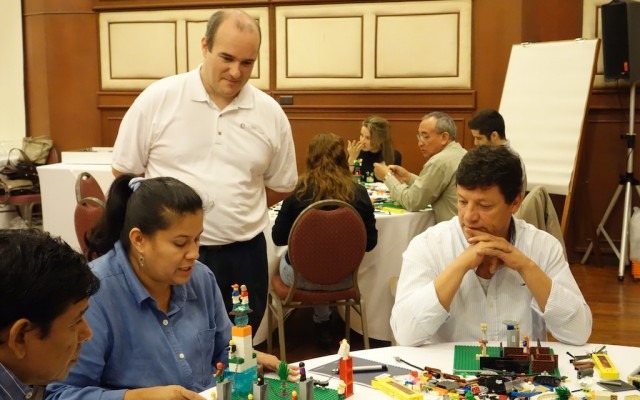
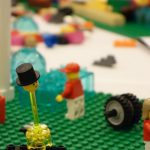
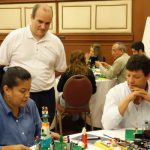
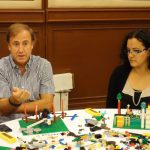
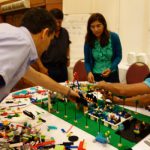
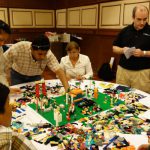
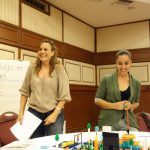
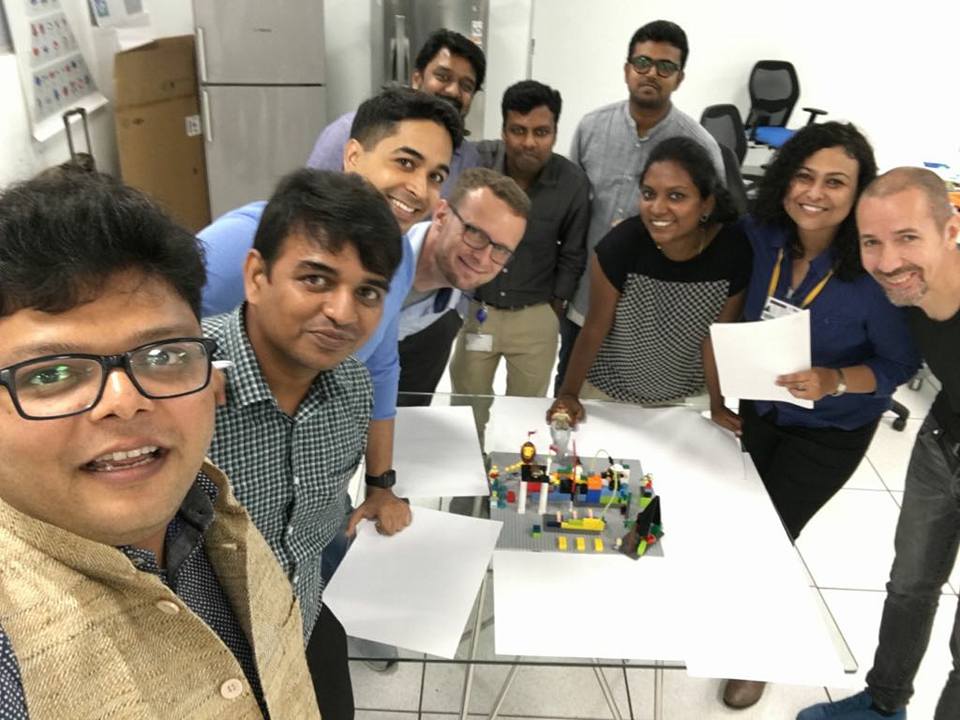

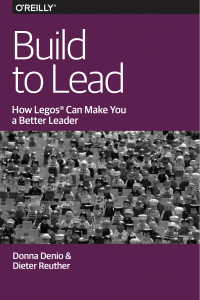

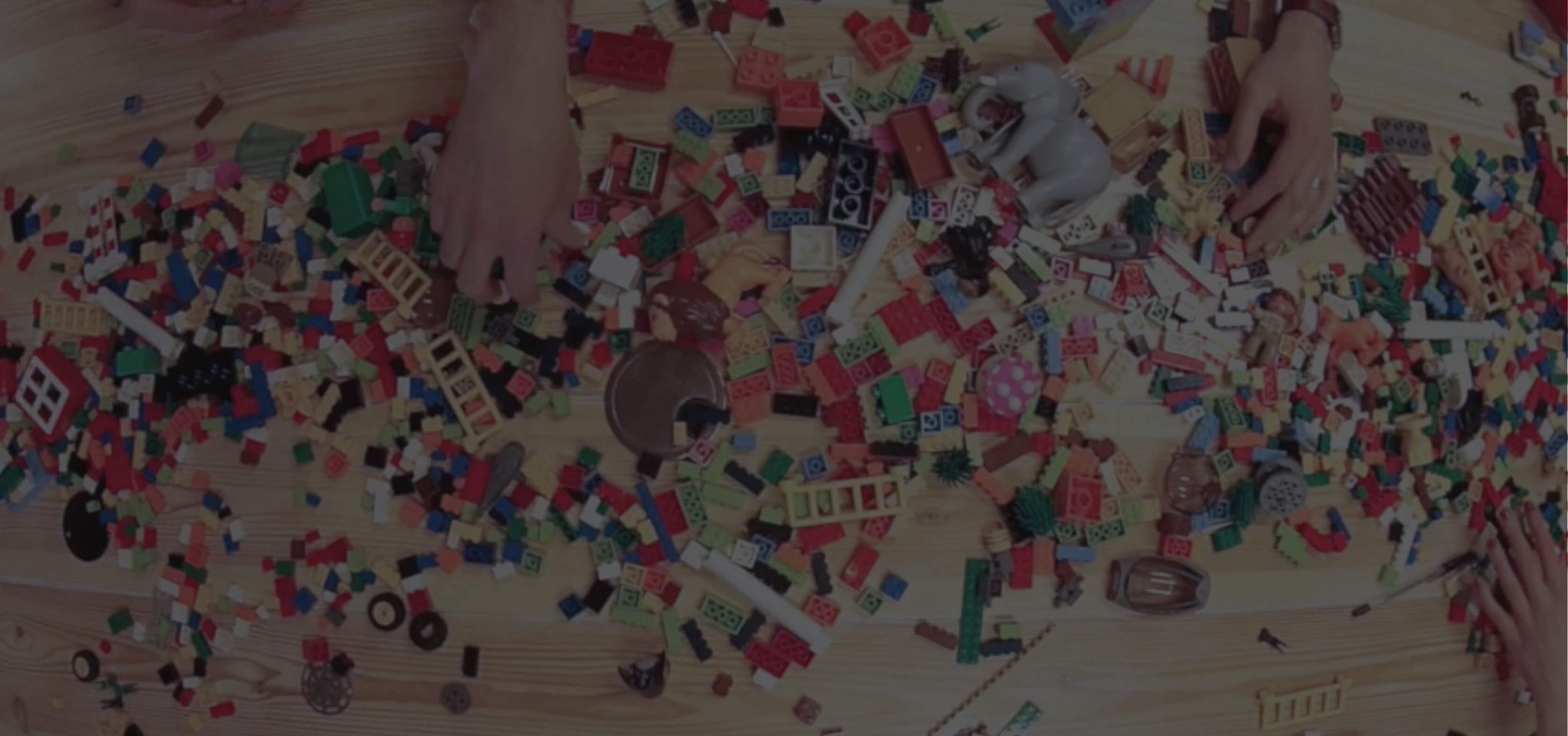
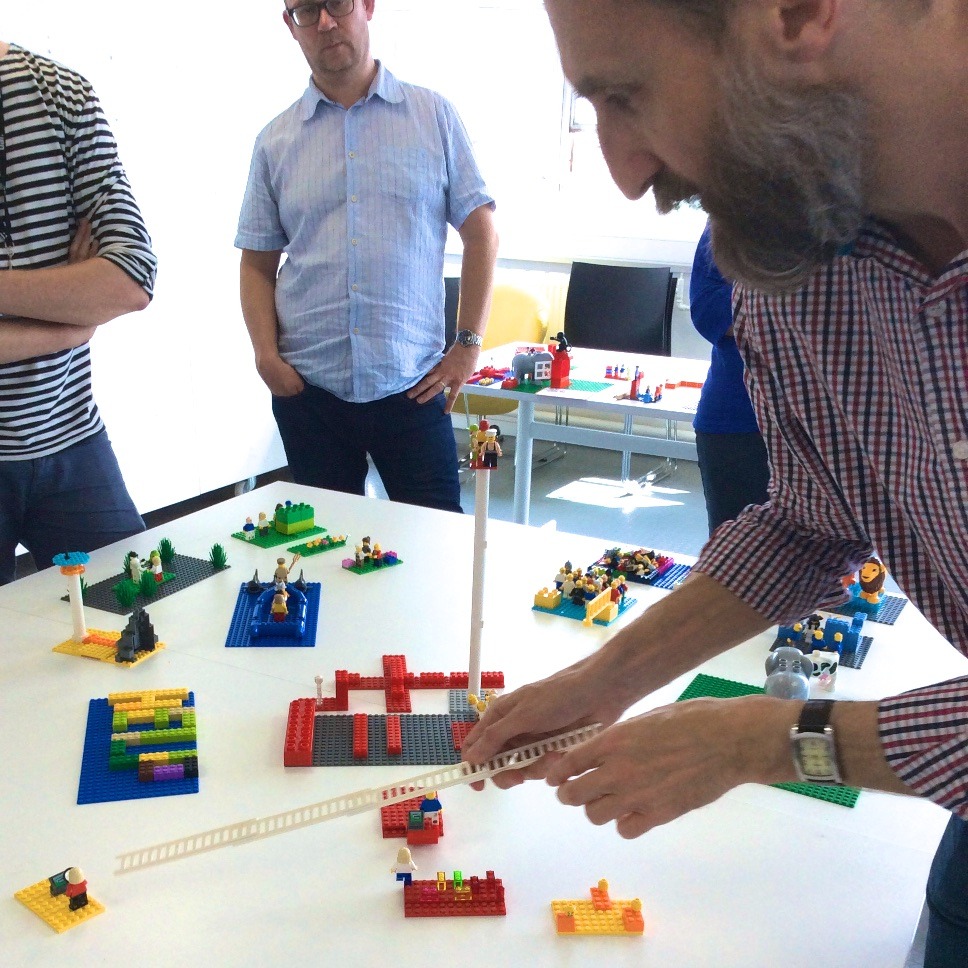
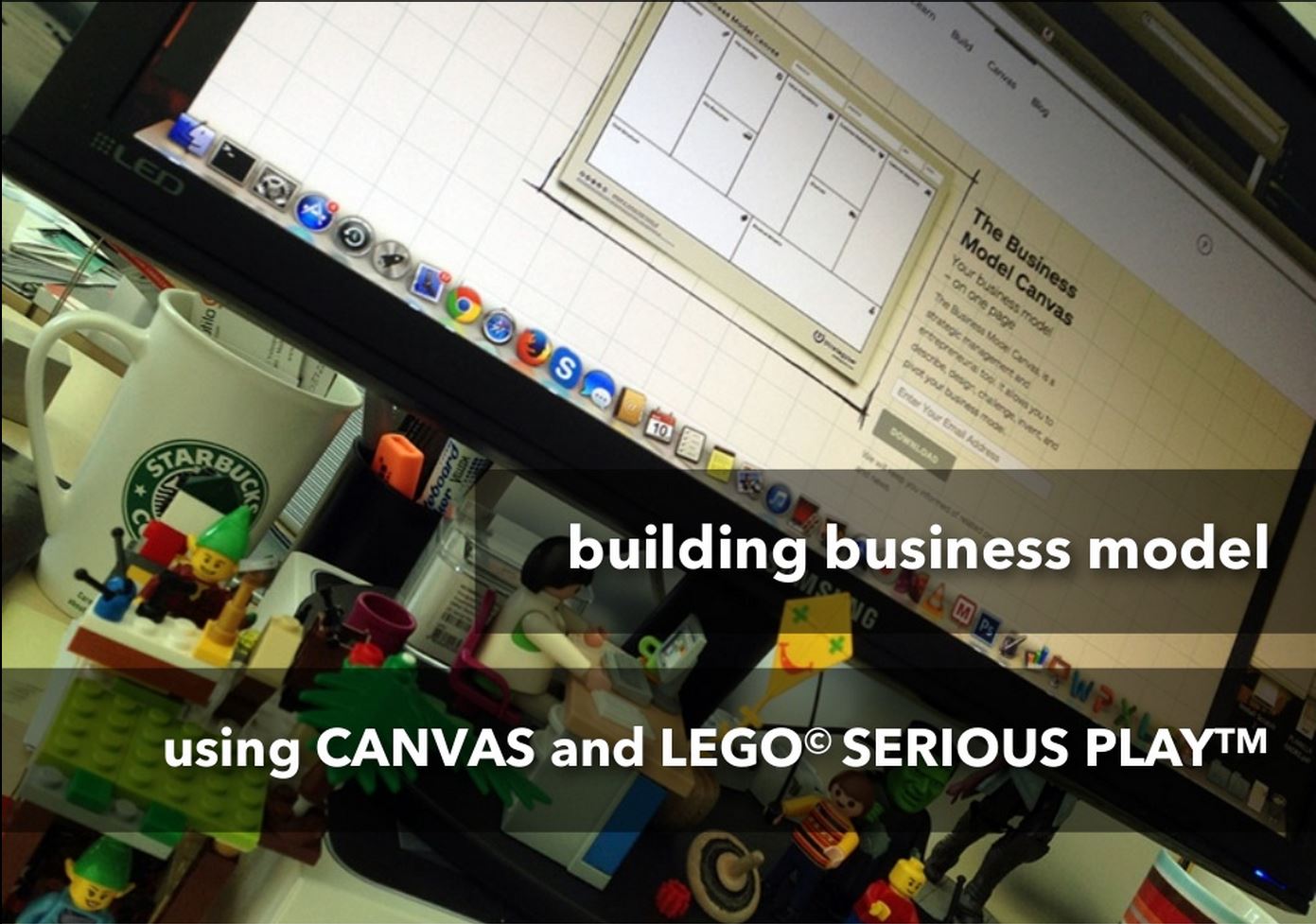

 Become a LEGO Serious Play facilitator - check one of the upcoming training events!
Become a LEGO Serious Play facilitator - check one of the upcoming training events!
Nice story Omar, thanks for sharing!
Thank you Sean for your comment!
Thanks for sharing, very good story.
Thanks, simple and complete. Useful roadmap!
Yi and Gabriel: I am glad you like it. If you try it as is or in a similar version, please share it.
Omar